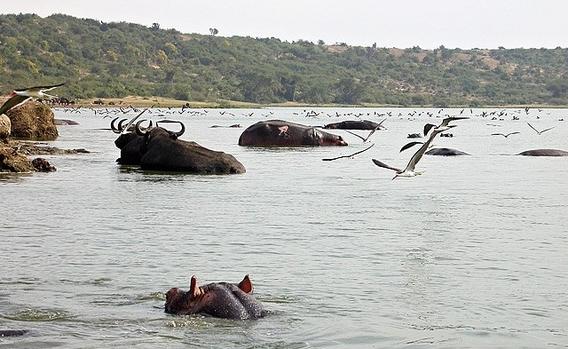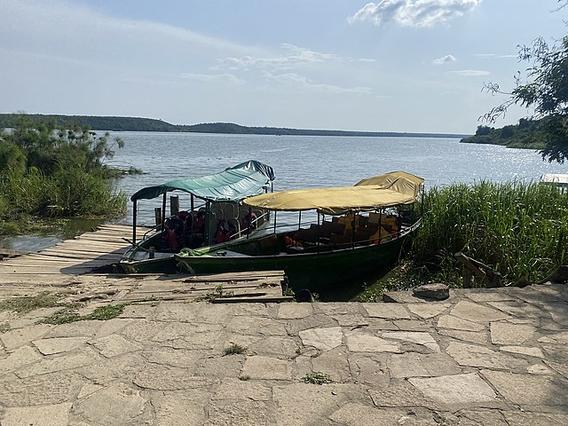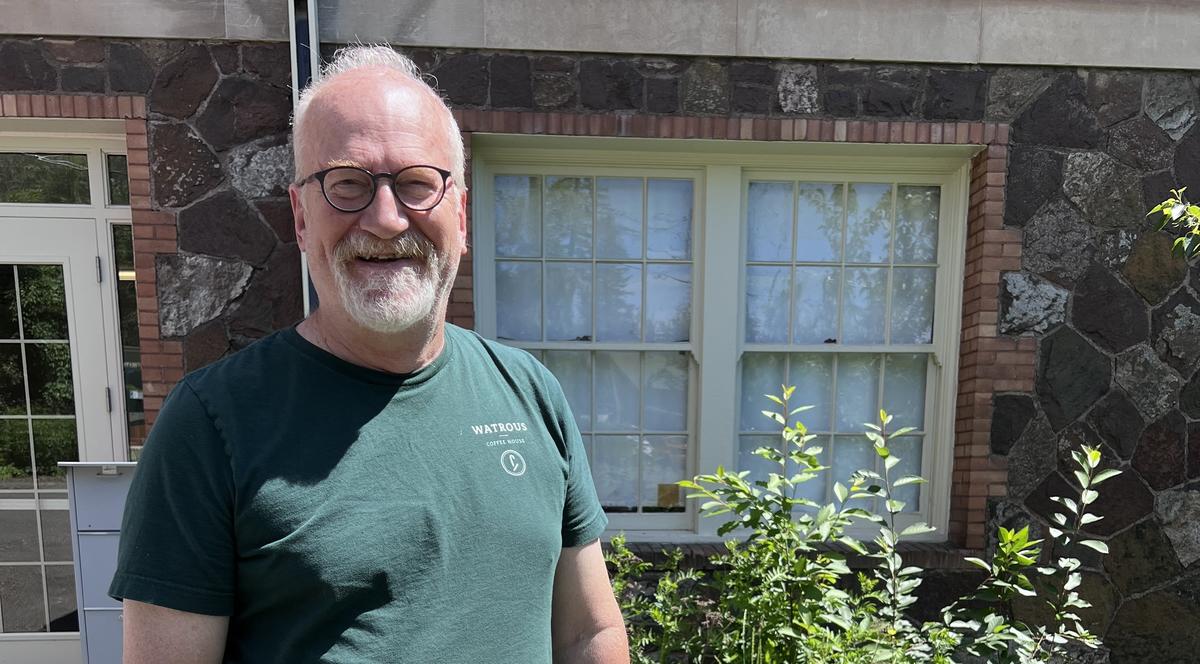I was recruited in 1995 by Tom Johnson, the LLO’s founding director. I had previously spent 11 years in the “oil patch” working in the research lab of a major oil and gas producer. I’ll be honest in saying that jumping back into academia from the oil industry was a gamble (possibly Tom would say the same thing!) but the opportunity to get in at the start of something like the LLO doesn’t happen very often. I arrived in Duluth with my family in August 1995. It was an exciting time - there was no pre-existing culture to define how or what our research activities could be. Over the coming years the cohort of faculty, and with them some brilliant students and staff, grew. The hallways of the Research Lab Building were a buzz of activity. Faculty, staff and students bounced between each others’ offices discussing their research ideas. There was also a vibrant social side to life at the lab. This helped to knit the inhabitants of the Research Lab Building into a wonderful, creative community.
During my almost 30 years at the LLO I have had the opportunity to work on many projects with some fantastic scientists, from both the LLO and other institutions here in the US and overseas. Many of these projects had a paleoclimatic focus (lake sediments often make excellent archives of paleoclimatic information). They took me all over the world including East Africa, North America, Southeast Asia, Central and South America. Places I never would have imagined working in when I was in my previous job!

One of my most memorable trips was a trip we took to Uganda soon after I arrived at the LLO. The goal for (my part) of the expedition was to acquire seismic reflection data on Lake Edward, one of the smaller rift lakes in East Africa that straddles the border between Uganda and what is now the Democratic Republic of the Congo (DRC). We hoped to use the data we collected to identify locations where we might later collect sediment cores. We based our survey out of a lodge in western Uganda that serves tourists visiting the Queen Elizabeth National Park, one of the country’s biggest tourist attractions. The Kazinga Channel, in the park, is a 20 mile long channel that connects Lake Edward to Lake George. It is noted for the high concentration of hippos that are found there. We chartered a boat normally used to take tourists up the channel to see the hippos, refitting it for our seismic survey.
Once out on the lake, we deployed the gear and settled down for a long day of collecting data. Our course took us across the international border into DRC waters, where the bathymetric chart suggested we might expect to find a lot of sediment. Although we had crossed the border into the DRC we were not concerned, we all had our visas and we were accompanied by staff from the DRC Geological Survey. That was until around lunchtime, when Tom Johnson, who had way more experience than me in Africa, noted a rather unusual dugout canoe that was equipped with a large outboard motor. It was headed in our direction and the three men on board clearly wanted to stop by for a visit. As we cut our engine, they roared up alongside us, leapt aboard, and announced that they had been sent by the chief of the village we had seen on the lakeshore. Our passing boat had been noted and they had been sent out to bring us in for an inspection. They commandeered the boat, taking us back to their village under guard. It was during our transit to the village that Tom announced to us that “this was the fifth time” he had been detained in Africa. I must admit that I asked myself why this subject had not come up during my interview. I guess he was trying to put us at ease.

When we finally arrived at the village, the guards seemed to put on a show for the locals, running the boat along the shore by the curious crowd. When the boat was finally run up onto the beach, more officials came on board, telling us that our boat had looked suspicious. We now had to present ourselves to the chief to explain our activities. We were led, single file, through the village until we arrived at a rather impressive hut, where the chief and his council awaited us. He informed us that our boat had created an alarm as there were bandits on the lake who trafficked weapons and illegal alcohol. As “naval commander” for the area he had dispatched his security forces to bring us in. After lengthy negotiations, we were instructed to follow one of the men for processing, where the inspector made a great show of carefully noting all our details. Meanwhile, through the open door we watched the security forces putting our boat through its paces. Once we had been inspected, being 4:30 PM and the end of the business day, we were led back to our boat where our new friends told us to come back anytime we were in the neighborhood (or words to that effect). Needless to say, we spent most of the remainder of our survey in Ugandan waters, scurrying back to shore if we saw anything suspicious!
I’ve greatly enjoyed my time at the LLO and the many adventures it has come with. One of the joys of being at the lab was the opportunity to work with a wonderful group of researchers, often on projects that took me well beyond the natural bounds of my particular discipline. Never did I imagine that somebody with my training in seismic and acoustic sensing techniques would get involved with projects like the fisheries projects I did in the Great Lakes. I plan to remain “research active” in retirement and have several on-going projects that will keep me busy. I look forward to watching what the LLO becomes in the coming years. I will always hold it close to my heart.
